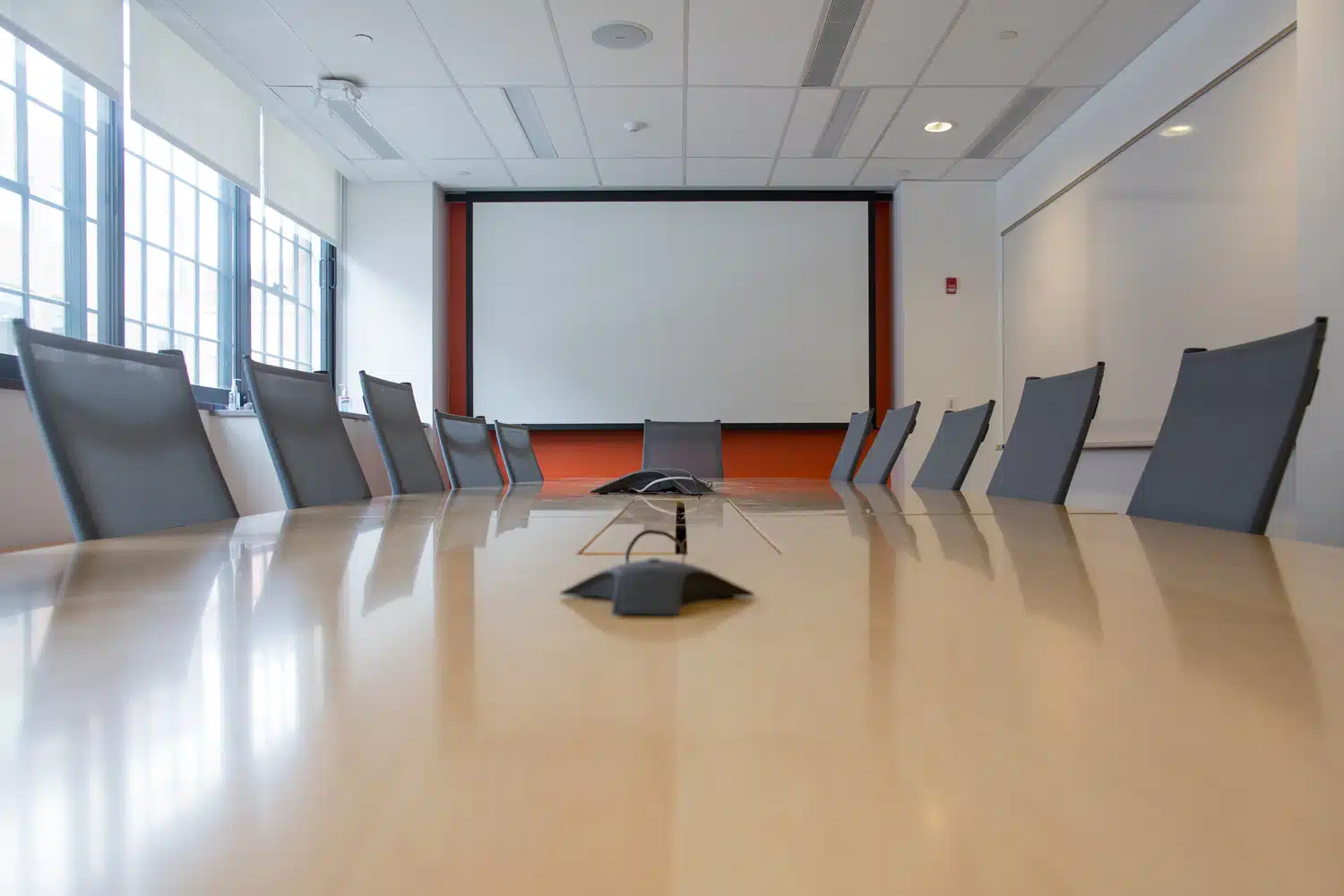How to Build a Strong Nonprofit Board


Full Platform Overview Chat With Us



Full Platform Overview Chat With Us





Board performance is a critical ingredient in a nonprofit organization’s ability to achieve impact.
After 25 years in the nonprofit sector, I have learned that a nonprofit board is only as strong as the education and direction that they receive.
Without a strong board of directors, the executive director and staff are expected to not only have the vision for what the organization can become, but also do all the work.
An effective board can provide a foundation for your organization’s mission and a framework of expectations that make it possible for the executive, program staff, and volunteers to focus upon the day-to-day tasks of making that mission a reality.
Steps to Board Building
A good nonprofit board doesn’t just happen! Building a board takes care, thought, and planning.
It starts with the board recruitment process.
It is like creating a winning sports team. You recruit talented players that fit the team and then you train them to play their best.
The selection of board members should be based on an in-depth look at what the board in whole needs to round out a well-balanced, highly diverse, dedicated group of individuals.
Those who are invited to join the board should bring a needed expertise or skill set. Their invitation to join the board should not be based on friendship, partnership, relationship, or just because they are a “good old boy or good old gal.” Using the “bubba theory” usually fails to evaluate the future needs of the organization.
Board expectation starts during the board recruitment process. Potential board members should be provided the board member job description and agreement and a clear financial giving expectation upfront. This helps the person determine if they can do the job prior to coming on the board.
Once they have gone through the recruitment process and you’ve voted them in. Orientation is the next step in the board building process. As part of leadership development, new board members need to acquaint themselves thoroughly with the organization.
An orientation session should be held. This will help the new member participate fully on the board as quickly as possible.
Board education should not stop with the orientation. Having a board-approved education plan can take your organization to the next level.
To develop a board education plan, try this: Poll board members to determine the education gap and to build consensus about what training is needed. An open, productive conversation must take place: about what the board’s role should be, how the board is doing, and what the most important priorities for improvement are. Take 15 minutes at your next board meeting and ask board members to help develop the board’s upcoming education plan. Have the board brainstorm answers to the following questions:
In addition, the CEO/ED should share what areas of the organization they feel the board doesn’t understand well enough to make informed decisions.
Don’t skip this step.
The CEO/ED should not rely totally on their discretion to determine what the board needs to know to do the job. When the board is actively involved in determining the contents of its own education plan, you will find there is far more interest from those board members about what they need to learn. And you will further find there is far more interest in having all board members attend!
Once there is a consensus about needed training the board can plan to add 15 minutes or ½ hour to each board meeting, to start your board’s ongoing education program with topics board members themselves have said they want to learn.
The final step is a board self-assessment.
In the same way that nonprofit leaders deserve an annual review, their boards do, too. Enabling board members to provide feedback on how the board is working, who is on the board, and whether board member expectations are clear can provide healthy feedback to a board and its chair, and set the course for future decisions and actions.
There should be multiple opportunities for board members to provide feedback. It can be included on the board agenda as a discussion or board members can complete an online survey or a quick survey at the conclusion of a board meeting.
I know this seems like a long list of things you must do. I would encourage you to look at this as one of the tools in your toolbelt. Any one of these tools can make a big difference for your board. If you don’t know where to start just pick something that seems easy to accomplish and just start. Once that becomes standard practice add the next thing. Just keep moving forward.
You can follow me on Instagram @the_nonprofitexpert and other social media platforms @supportingworldhope: Facebook, YouTube, LinkedIn, Pinterest. You can also visit my website at www.supportingworldhope.com.

Comments
Sabrina Walker Hernandez
Sharron Mack